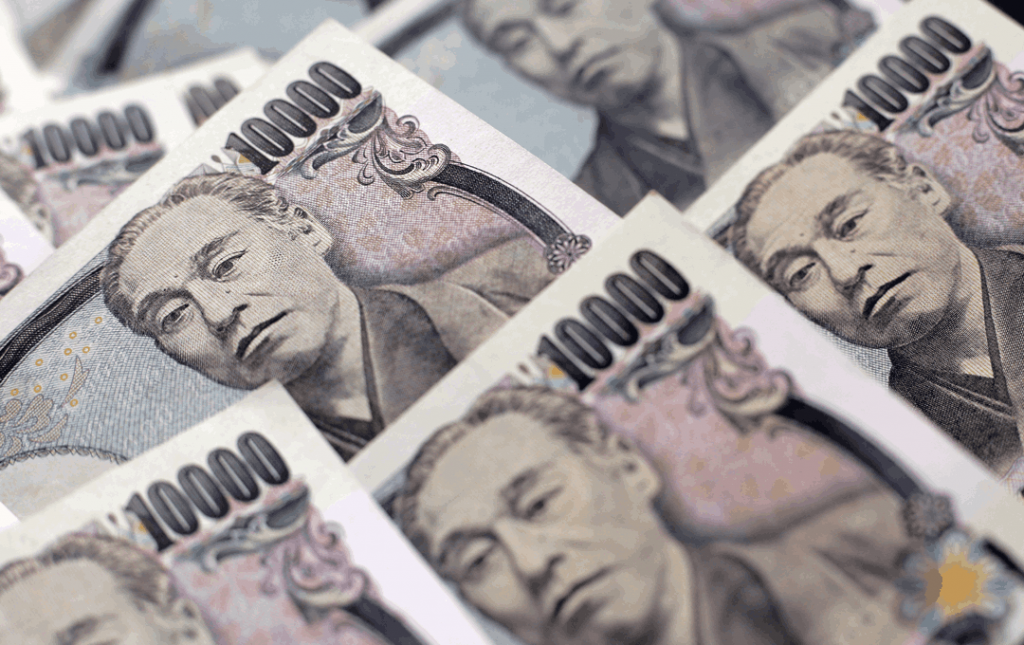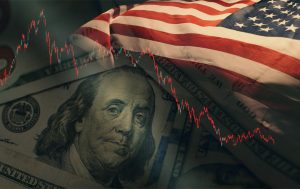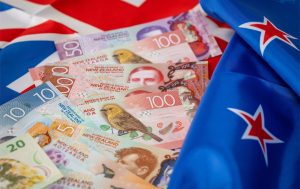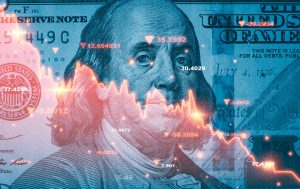Dollar-Yen Dynamics: Intervention Fears Persist
The dollar’s attempt to breach the critical 160 yen mark was thwarted on Tuesday, as concerns over potential currency intervention by Japanese officials kept the yen marginally buoyed against its counterparts. The dollar’s slight dip, down 0.08% to 159.42 yen, reflects a cautious trading environment, with investors wary of triggering another intervention similar to the substantial 9.79 trillion yen ($61.33 billion) move by Tokyo in late April and early May. This intervention risk has discouraged traders from pushing the dollar higher against the yen, despite the ongoing support for the greenback.
Bitcoin’s Resurgence After a Sharp Decline
In the cryptocurrency market, Bitcoin (BTCUSD) showed signs of recovery following its steepest drop in over two months. The decline was partly attributed to significant outflows from bitcoin exchange-traded funds (ETFs). Despite this, Bitcoin rebounded by over 3%, reaching $61,319 after plummeting 6.65% earlier in the week. Analysts highlight that the recent drawdowns and continuous fund withdrawals from Bitcoin ETFs have contributed to its volatile performance.
Yen Against Major Currencies
The yen’s resilience prevented it from hitting fresh lows against other major currencies. Sterling (GBPJPY) hovered just below a 16-year high at 202.38 yen, while the Australian dollar (AUDJPY) pulled back from a 17-year peak, last trading at 106.21 yen. Market participants are cautious about shorting the yen in carry trades, given the heightened risk of intervention.
Bank of Japan’s Policy Impact
The yen’s recent decline can be attributed to the Bank of Japan’s (BOJ) June policy meeting. Policymakers disappointed investors hoping for a swift reduction in the BOJ’s extensive bond purchases. The meeting minutes revealed a debate on the possibility of a near-term interest rate hike, with one policymaker advocating for an increase “without too much delay.” This uncertainty over BOJ policy continues to influence yen movements.
Global Currency Market Movements
In broader currency markets, the dollar eased slightly ahead of Friday’s release of the U.S. Personal Consumption Expenditures (PCE) price index, the Federal Reserve’s preferred inflation measure. Sterling (GBPUSD) edged up by 0.09% to $1.2696, and the Australian dollar (AUDUSD) increased by 0.1% to $0.6663. The New Zealand dollar (NZDUSD) remained steady at $0.6124.
Political events are also capturing investors’ attention, with the first U.S. presidential debate between President Joe Biden and former President Donald Trump scheduled for Thursday, and French elections set to begin this weekend. The euro (EURUSD), under pressure due to political instability in France following President Emmanuel Macron’s unexpected snap election call, rose by 0.06% to $1.0741. However, the euro is still on track for a monthly loss of approximately 1%.
Australian Dollar Gains
The Australian dollar surged above $0.666, nearing two-week highs, bolstered by a hawkish outlook on Reserve Bank of Australia (RBA) monetary policy. Markets have largely dismissed the possibility of an RBA rate cut this year, anticipating only 43 basis points of easing by the end of 2025. The RBA Governor, Michele Bullock, confirmed that the central bank discussed a rate hike at the June meeting, ruling out any immediate rate cut.
Investors are now awaiting Australia’s monthly inflation data for further insights into the RBA’s policy direction. The Australian dollar also benefited from the weakening U.S. dollar and speculative attacks on the yen.
Conclusion
As USD/JPY approaches the critical 160 level, the potential for currency intervention remains a key concern. While current conditions do not meet the criteria for excessive movement, any sudden rally to 163-164 could prompt action from Japanese authorities. Meanwhile, global political events and central bank policies continue to shape currency market dynamics, with significant implications for traders and investors.




